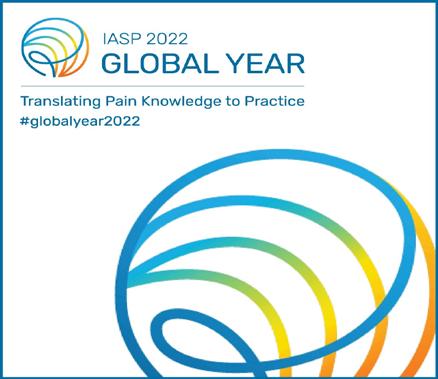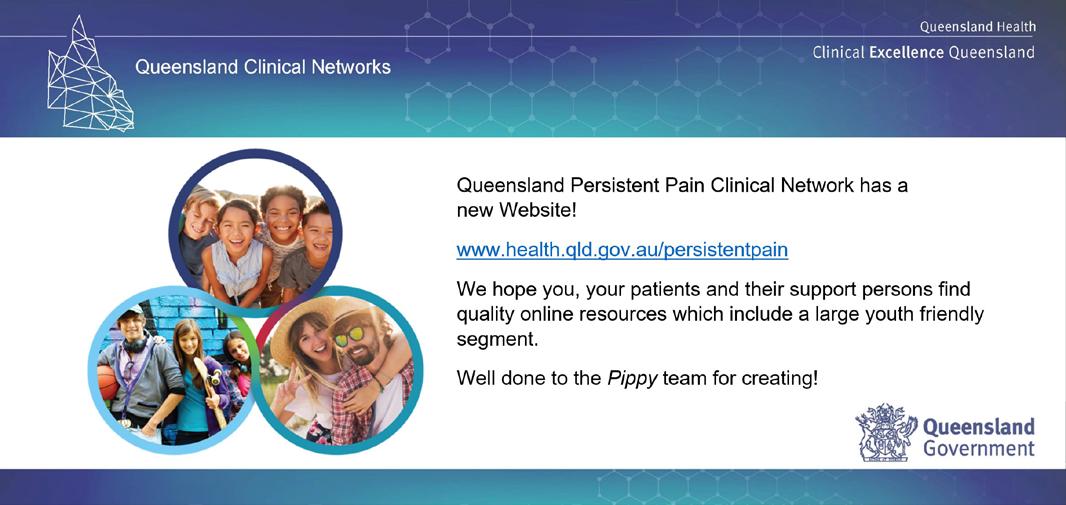
2 minute read
Meet a Member
from APS OCT22 eNews
by auspainsoc
Dr Kelsi Dodds, PhD
Dr Kelsi Dodds is currently an early career postdoctoral researcher from the College of Medicine and Public Health at Flinders University in Adelaide (Kaurna Country), South Australia. She is a new APS member, having joined earlier in 2022.
How did you get into pain research/clinician practice?
My pain research journey started in 2014 when I was recruited by Professor Mark Hutchinson to undertake a PhD at the University of Adelaide. Together with my co-supervisors, Associate Professor Susan Evans and Associated Professor Elizabeth Beckett, my project investigated a role for spinal glial cells in the development of endometriosis and associated pelvic pain.
What does your current research or clinical practice focus on? Why is this important?
During my PhD, I was fortunate to interact with pelvic pain patients through Associate Professor Evans’ clinic, hearing of the daily burden their conditions (e.g., endometriosis, period pain) had on their lives. For many girls, women, and people assigned female at birth, available medical management options for pelvic pain were (and still are) largely invasive and/or ineffective. Considering this major need, I returned to foundational research to study how the sensory pathways of pelvic organs (including the uterus and gut) work under normal conditions. In my current postdoctoral position with Professor Nick Spencer at Flinders University, I utilise a range of cutting-edge research tools (e.g., genetically engineered mice, optogenetics, and novel surgical techniques) to uncover the fundamental information that may help to develop innovative treatments for pelvic pain.
What do you think will be the next “hot topic” in your area of research or practice?
Intersectional genetics is a highly sophisticated and rapidly expanding experimental technique in the neurosciences. By injecting designer viruses into genetically engineered mice, researchers can visualise, activate, and/or ablate specific nerve pathways between two organs of interest. This technique seems ideal for studying pelvic organ cross sensitisation – the phenomenon where a problem causing pain in one pelvic organ can lead to pain from adjacent (otherwise healthy) pelvic organ. Aside from my own work (of course!), I think this could be the next ‘big thing’ in pelvic pain research.
If you could offer one piece of advice to a younger you, what would it be and why?
One of the key life lessons I have come to terms with over the past few years is to not be afraid to ask for help – as the old proverb goes: a problem shared is a problem halved. Being a perfectionist at heart has meant that I have always strived to be self-sufficient and complete any task to a high standard (through my eyes). I thought that asking for help exposed me as being incompetent and therefore imperfect. Now, I recognise how unsustainable that mentality can be – for both my health and productivity. I still try to problem solve as best I can but do not dwell on problems for too long before seeking support. I have come to realise that most people want to help, and that being self-aware of your limitations and willing to learn is also impressive – so have that conversation sooner rather than later! ‘Future you’ will thank you for it.
If you weren’t in the pain science field, what would you be doing?
If not pain science, I daresay I would still be researching pelvic organ physiology – one of my other major interests, for example, is studying how muscle contractions in the uterus and gut contribute to their functions of digestion and reproduction, respectively. I love to garden and create arty-crafty things, so if not in science at all I would probably combine those hobbies to be involved in something like floral design.





